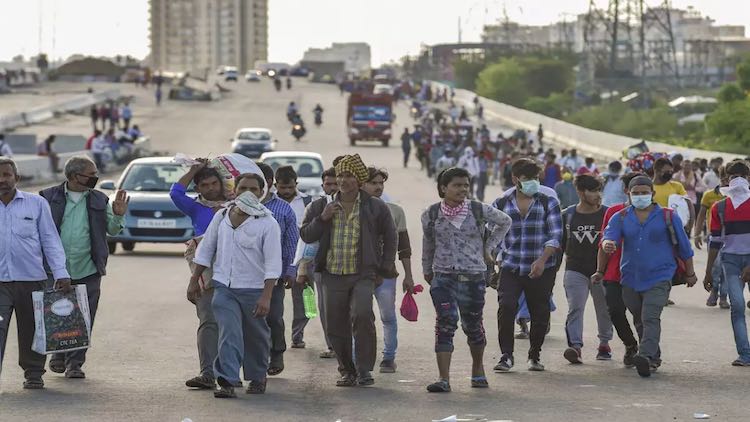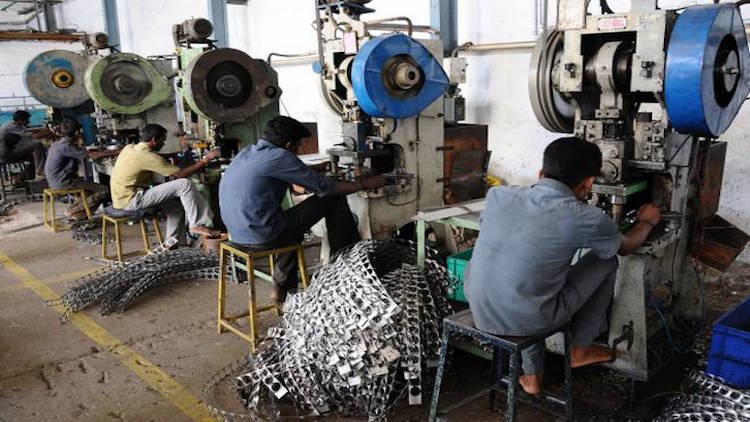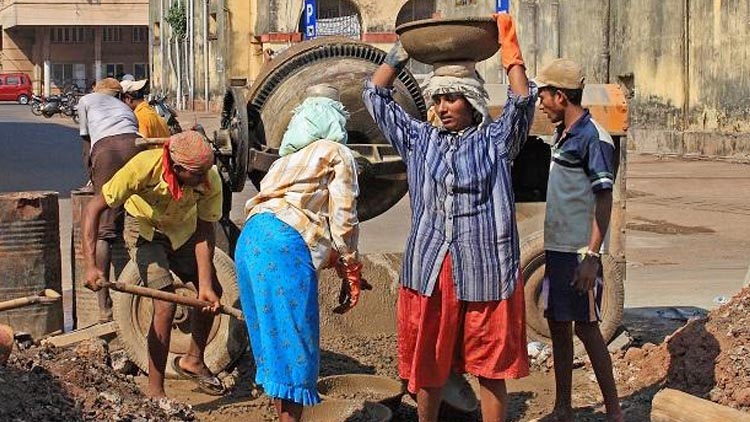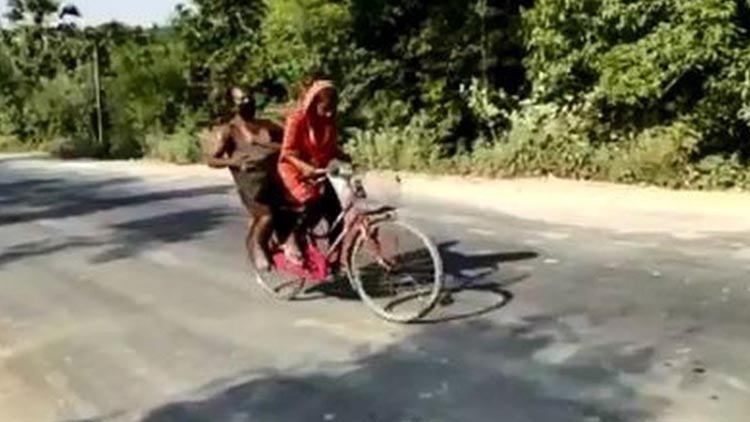The Migrants Saga: Grit In The Face Of Utter Betrayal

The COVID-19 Pandemic has exposed the breaking of the backbone of India’s industrial prowess. That of its 114 million-strong, ductile and undemanding workforce which was left in lurch.
The workplaces were shut or denied access to and most contractors and business links vanished leaving workers and their families like refugees. This was the eighth biggest exodus in India. Some we can recall easily are that of the 1947 Partition which displaced nearly 15 million people, the exodus during the 1971 during Indo-Pak War and Kashmiri Pundits leaving the valley in 1990.
The workers contribute to the fundamental factors of economic growth in an unsung manner. The unorganised workforce which sustains the big cities’ economic sustenance in terms of construction labour, industrial workforce, domestic help and roadside tradesmen, left the urban environs desolate, disappointed and dejected.
The workers contribute to the fundamental factors of economic growth in an unsung manner. The unorganised workforce which sustains the big cities’ economic sustenance in terms of construction labour, industrial workforce, domestic help and roadside tradesmen, left the urban environs desolate, disappointed and dejected.




(15-year-old Jyoti Kumari who cycled 1200 km with her ailing father from Gurugram to Bihar.Image- screenshot BBCNews/Hindi)
All is still not lost. The federal governments along with the Centre must revisit, restructure, redesign and revamp the migration of workers in order to restore industry and industrial workers. (Brigadier Vinod Dutta is former, Secretary, DCMG (Disaster Management). He has almost three decades of experience in disaster management. He is presently a senior advisor & Member of Centre Research and Consultancy Committee at Centre for Disaster Management Studies, Guru Gobind Singh Indraprastha University, New Delhi. He is also Senior Consultant at the National Institute of Disaster Management, New Delhi). - The opinions expressed are of the author's aloneLatest Videos
















